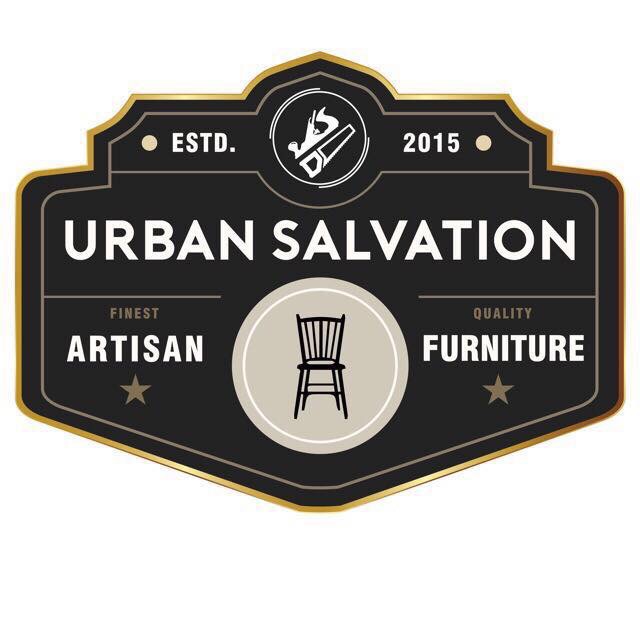WOOD TONES – how to use them to your advantage.
- Ahmad Habshee
- Jul 30, 2021
- 3 min read
Written by Diyana J. 30th July 2021
When we receive customers at the gallery space, one of the most popular questions (up-to-date) is how to choose wooden tones/colours that would not only look good in their homes, but also how to balance the different tones in their living space to make it all look harmonized and aesthetically pleasing. There’s a number of ways to do this – and even more factors to consider once you’re decided on the look and feel that’s best for you.
1. PINTEREST RESEARCH
It’s the one-stop search for interior design. You’re sure to find lots of inspiration for anything really – from Mid-Century Modern to Scandinavian, Japanese traditional homes turned modern, or even monotone Minimalist homes. Pick and choose what you like, and at the end of it all looking at what attracts you altogether on the board can really put into definition what design elements really call out to you. It could be simple things from the colour palettes or materials, or even the configuration of the space. From there, one of the elements you can determine would also be wood tones. There’s a variety to choose from but here’s an example.
If you’re attracted to modern monotone spaces that predominantly use black and white features, you can choose wooden furniture that has been painted black, with accents of tobacco tones here and there. Below, we have the Marcella or Olivia TV Console for starts. As an accompaniment, I’d also suggest pieces such as the tree-stump coffee tables for that modern, edgy feel.



2. Mix & Match VS Harmonious

Most would go the harmonious route, meaning if you already have a pre-existing bedframe that’s natural toned, you’d want to have the remaining pieces in your bedroom space match. But I prefer the Mix & Match route but still keeping the colour tones within the same family. In one of the layouts we curated for the Urban Salvation Instagram, we took some tobacco armchairs and matched it with a natural-toned vinyl console. The combination of the beige outer frame of the tree-stump stool and the beige carpets was the perfect ratio to the contrasting tobacco tones within the space. In short, it’s all about finding the perfect ratio of one element to another.

3. Throw in a few Accent Colours
If you’re a fan of eclectic spaces, one way would be to throw in bright colours that would match well with natural or raw wooden tones. You’ll see pictures of a layout we curated below, where the accent colour was predominantly a stunning sky blue. Named “Vintage taking a Modern turn” – it’s still one of my favourite layouts to date.

However, if you’re more reserved about the bright colours, look no further, a combination of neutrals would be perfect. Traditionally, Scandinavian and Modern environments lean towards colours such as beiges and creams, or dark greys and blacks. Scandinavian environments focus on bringing light into the environment, so brighter tones mixed together with wooden tones of natural or raw would be the best route. Modern environments on the other hand, are often centered around darker silhouettes and shadows. Slim, narrow and angled- it’s the opposite of what a brighter palette would do for you so choosing tones like tobacco and mahogany would be best.
Photos by Irfan Rosli (@_roniin)
Location: Urban Salvation Main Gallery



Comments